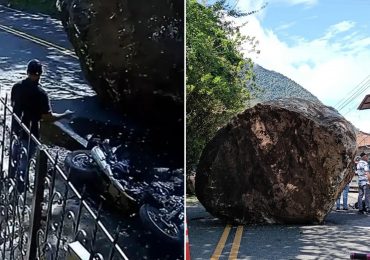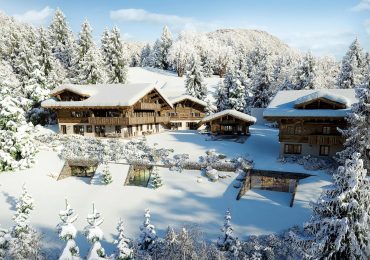THIS is the strange tale of an uninhabited 19 mile isle that’s almost 1,500 miles away from human life yet boasts an internet domain.
Bouvet Island in the South Atlantic Ocean, dubbed the world’s loneliest island, lies halfway between South Africa and Antarctica.
The ice-filled crater in the centre of Bouvet Island, in the South AtlanticAlamy
AlamyBouvet’s rocky terrain makes it practically impossible to set foot on[/caption]
WIKI TRAVELIt’s full of stunning glaciers and wildlife including orcas and funky birds[/caption]
A whopping 1,400 miles away from humans – the nearest inhabited land is British overseas territory Tristan da Cunha.
While its isolation may seem to be its stand-out feature, the desolate isle is also haunted by an eerie past with lots of unsolved questions.
Back in 1964, an abandoned boat was discovered on Bouvet without any passengers and their identities remain unknown, according to Atlas Obscura.
And in 1979, a US satellite mysteriously spotted a bright flash of light between Bouvet and Prince Edward Islands.
No one at the time could explain the illumination but it’s now thought the flash was caused by a secret South African-Israeli joint nuclear bomb detonation.
But neither country has owned up and it’s just widely believed speculation.
What the island lacks in humans, it makes up for in nature and animals.
Species known to roam Bouvet include penguins, orcas and humpback whales.
But that’s not all – its glaciers serve as a paradise funky bird species like snow petrels and Antarctic prions who also call Bouvet their home.
Desolate but not barren, vegetation includes lichens and mosses and the island is uniquely characterised by an ice-filled crater of an inactive volcano in its centre.
The crater and its rocky terrain makes it very hard to step foot on the icy island.
Tough terrain paired with ocean swells and unpredictable weather creates chaos for boats.
A volcanic eruption in 1955 created one of the island’s few landing spots – one called Nyrøysa on its northwest coast which is a small lava plateau.
In 2006, a 6.2-magnitude earthquake rocked the tiny island that has been controlled by Norway since 1930.
Because it’s technically a Scandi territory, Bouvet managed to bag a top notch WiFi domain, reports Spectrum.
The UN’s stat division groups regions for their analysis and felt this Bouvet should be afforded its own – the .bv domain which is nto even in use.
Norway’s Polar Institute built a research station on the Nyrøysa landing area in 1996, according to MailOnline.
It’s named after French sailor Jean-Baptiste Charles Bouvet de Lozier who discovered the isle in 1739.
AlamyBouvet Island is controlled by Norway but was discovered by a French explorer[/caption]
Leave a comment








